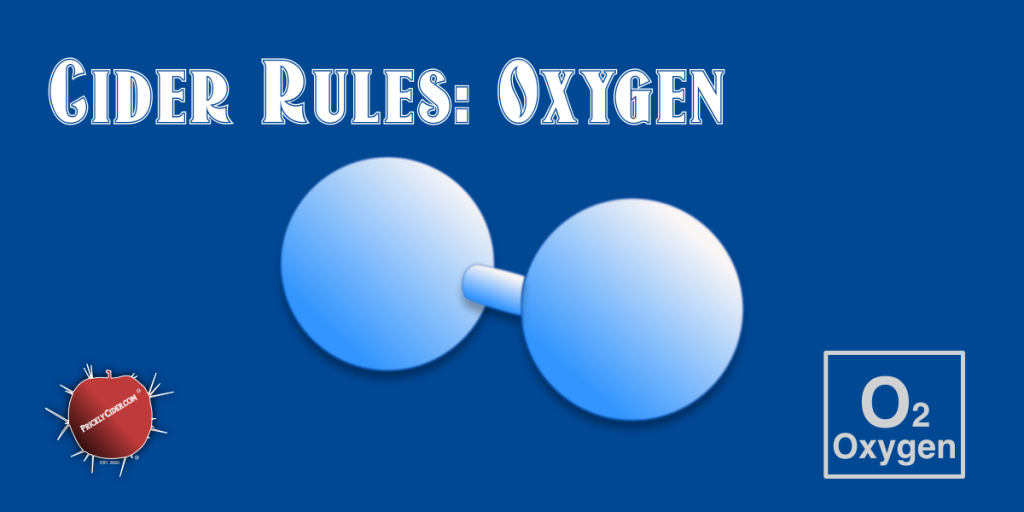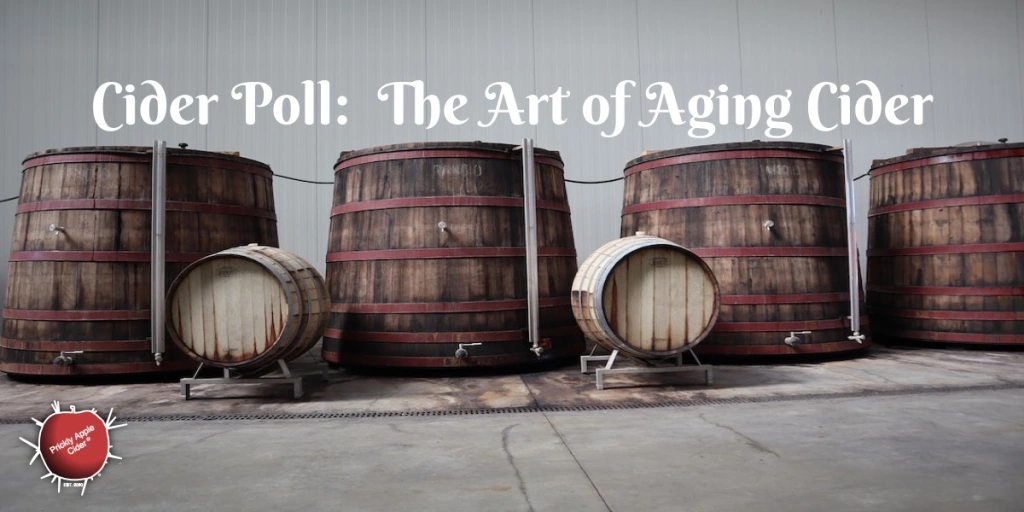Aging on lees, also called ‘sur lies’, is a traditional practice for many wines and hard ciders. In Burgundy, France, there is a saying that translates something like ‘lees for wine is like a mother for a child’. The concept being that just like a mother nurtures their child, so to do lees nurture a wine. Like many areas of making hard cider, I thought I would explore this topic because you can find references for and against aging on lees. For me, that means there are probably pros and cons to this process so I wanted to learn about it and share what I learned to help others make informed decisions.
As I mentioned, aging on lees has a long history in many regions. However, just because it has been done that way for a long time doesn’t mean it should be that way. The same can be said about why you should use this method. Years of tradition must means there are benefits to the process. Let’s define the process and then spend some time going over why you might want to age on the lees and why you may not.
What is sur lies?
Sur lies is the process of aging wine or hard cider on the yeast that drop out of suspension, often called lees. Generally, there are two types of lees that are referenced: gross lees and fine lees. Gross lees is the sediment including yeast and other particles found in the bottom of a fermenter after primary fermentation is complete. It contains not only yeast but pectin, fruit solids, and many other components that have flocculated together and fallen out of suspension. It is usually a significant amount compared to fine lees. Fine lees are yeast and some other solids that flocculate and fall out of suspension after fermentation completes and the hard cider is racked into a new container for aging. Some people will age on the gross lees, never racking the hard cider out of the fermenter. Others will age on the fine lees allowing the hard cider to clarify and the lees to aid in the aging process.

Lees aid in the aging process because as yeast die, their cell walls break down in a process called autolysis. This breakdown of the cell walls releases varies nutrients into the hard cider. It is these nutrients that enable many reaction including malolactic fermentation or MLF. This is where malic acid is converted to smoother lactic acid. However, that is not the only reaction that occurs during aging nor the only one that can be assisted by the sur lies process.
How can sur lies help?
When fermentation completes, the environment that is your hard cider is not very friendly to many organisms. First, the alcohol level attacks and kills off most bacteria. Also, cider is generally low pH so it has a good amount of acid. Lastly, the yeast during fermentation will have used up most of the nutrients. This process usually reduces the lactic acid bacteria colony to just a few hardy strains at low colony counts. This limits their ability to evolve your cider without help. The autolysis of dead yeast cells can provide that help. Autolysis enables several potentially positive changes to your hard cider.
- Aroma Enhancement: Autolysis releases polysaccharides and proteins from the dead yeast cells. These can bind with esters and volatile aromas to preserve and enhance the aroma of your hard cider.
- Haze Reduction: Mannoproteins are realized in autolysis of dead yeast cells when hard cider is aged on the lees. Mannoproteins stabilize proteins and help reduce protein hazes.
- Amine Reduction: Amines include compounds like histamines that are known to trigger headaches and constrict blood vessels. While more study is needed, some research showed a reduction in amine concentration with wine aged on its lees. Hard cider should have similar results.
- Stabilization of Color and Phenolic Flavors: Polysaccharides and anthocyanins from lees can stabilize the color and phenolic compounds in a hard cider. These can bind with tannins to smooth them as well.
- Removal of Undesirable Compounds: Ochratoxin A (OTA) was shown to be reduced significantly in wine aged on its lees. OTA is a toxin to humans and some countries have started to regulate the amount of OTA that can be in wine. Research has shown significant reduction in OTA when aging on the lees.
- Oxygen Absorption: Lees have been shown to absorb oxygen. They compete and will often absorb free oxygen faster than phenolic compounds, which improves phenolic stability.
While there are many potential benefits to aging on the lees, there are some risks as well.
How could sur lies create issues?
Autolysis releases a lot of compounds into your cider. While many of these can help, some can also degrade your cider.
- Brett Colonies: The LAB colonies that help achieve MLF are assisted by the release of nitrogenous elements and other compounds that can be used by Brettanomyces. Brettanomycesis or Brett is considered a spoilage yeast that can often cause off-flavors and like specific LAB colonies can survive fermentation and be ready to go to work if the conditions are right. The use of SO2 treatment, Campden, can be needed to control Brett spoilage.
- Higher Alcohols: Increasing esters and volatile alcohols can be great for aromas but there is such a thing as too much of a good thing. Higher alcohol or fusel alcohols, can add some wonderful aromas but can quickly become overwhelming if the perception threshold is exceeded.
- Sulfur Odors: Aging on lees has shown that fruity esters and aromas are often decreased and sulfur odors can be increased in wines aged on their lees. Elements like aldehydes are often increased, which create grassy aromas. However, these can also disappear with further aging.
Should you age you hard cider on its lees? Like many question about hard cider, the answer is it depends. However, there are a lot of potential benefits and history tells us that is is a common practice in use in many areas. Therefore, my suggestion is that you should try it. The worse thing that happens is you have a slightly funky hard cider that you don’t enjoy as much as you hoped. If that’s the case, you can keep aging it and see how it evolves, keep drinking it and expand your palate, or let it sit out and use it for salad dressing after it turns fully to vinegar. The best thing that happens if you find an awesome hard cider with complex aromas and flavors that is smooth and well balanced.
Good Luck!
Did you enjoy these tips on making hard cider? Check out my book to learn more ideas and information on making and enjoying hard cider. It will help you develop a process that matches your desire and equipment. It will also show you how to pair cider with food to maximize your experience. You can find it as an eBook and a 7×10 paperback on Amazon or a 7×10 paperback on Barnes & Noble. Click on these Links to check them out.







